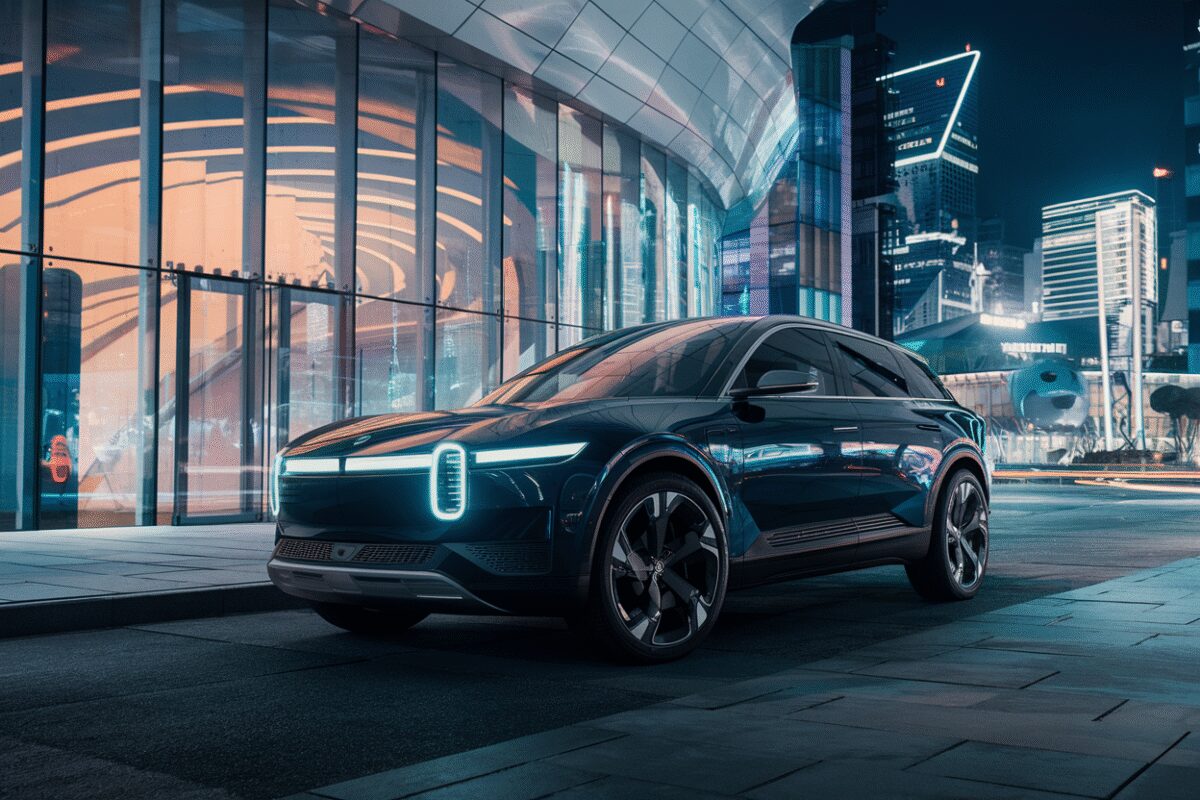General Motors is making a pivotal shift in its strategy, halting plans for hydrogen fuel cell production in the United States. This decision comes amid rising costs and an underdeveloped infrastructure that challenges the viability of hydrogen as a mainstream energy source.
In a surprising move, General Motors (GM) has announced the suspension of its ambitious plans to develop next-generation hydrogen fuel cells. This decision, made in tandem with its partner Honda, reflects a broader sentiment within the industry regarding the current market conditions for hydrogen technology. With only 61 hydrogen refueling stations available across the United States compared to over 250,000 electric vehicle charging locations, it raises questions about the future of hydrogen vehicles in a predominantly electric market.
The implications of GM’s decision are significant, not just for the company but for the entire automotive landscape. As GM shifts its focus to electric vehicle technology and charging infrastructure, it underscores a growing consensus that hydrogen still has a long way to go before it can compete effectively with battery-electric systems. This strategic pivot could have repercussions on jobs and innovation within the sector as resources are redirected.
The Shift Away from Hydrogen Fuel Cells
General Motors’ recent announcement marks a crucial turning point in its approach to sustainable transportation technologies. The company’s initial enthusiasm for hydrogen fuel cells has waned significantly due to various obstacles hindering their widespread adoption. High costs associated with fuel cell production and limited infrastructure are two primary factors contributing to this shift in strategy.
The collaboration between GM and Honda aimed to establish a $55 million facility in Detroit dedicated to the production of hydrogen fuel cells under their joint brand Hydrotec. However, both companies have now decided to halt these plans entirely. Instead, GM will prioritize investments in electric vehicle research and development, reflecting an industry trend where electric mobility is viewed as more viable at this stage.
Despite having invested $35 million since 2021 into hydrogen projects and new facilities, GM’s leaders have acknowledged that the current market conditions are less than favorable for hydrogen adoption among consumers. The company has pointed out that while there may be applications for hydrogen in high-demand industrial sectors such as heavy trucking and mining, consumer acceptance remains low due to infrastructural challenges.
The Current State of Hydrogen Infrastructure in the U.S.
The U.S. currently faces significant challenges when it comes to establishing effective hydrogen infrastructure. According to data from the Department of Energy (DOE), there are only 61 hydrogen refueling stations available nationwide—a stark contrast to over 250,000 electric vehicle charging stations that support battery-powered cars. This disparity raises critical concerns about consumer accessibility and convenience when considering transition options from traditional gasoline vehicles.
This lack of infrastructure is compounded by high operational costs associated with producing and distributing hydrogen fuel. As GM has identified, without substantial investment into building out refueling networks and reducing production costs, widespread consumer adoption remains unlikely. The situation presents a significant hurdle not just for GM and Honda but also for any potential entrants into the hydrogen market.
The decision by GM comes at a time when global interest in green technologies is surging; however, as proven by this halt on hydrogen initiatives, practical implementation lags behind ambition. Companies looking towards sustainable alternatives must grapple with these realities if they hope to contribute meaningfully to an evolving energy landscape.
Implications for Future Mobility Solutions
With General Motors shifting its focus away from hydrogen fuel cells towards electric vehicles (EVs), questions arise about how this might influence future mobility solutions across the automotive industry. Electric vehicles currently dominate discussions around sustainable transportation due largely to their established infrastructure and rapidly falling prices—elements that make them attractive options for consumers.
This pivot further emphasizes that while alternative fuels like hydrogen may play roles in specific applications—especially within industrial settings—mass-market viability remains elusive without significant advancements in technology and infrastructure development. Companies like GM are prioritizing immediate solutions rather than long-term experimentation that could yield uncertain results.
As automakers adjust their strategies based on market conditions, it suggests a possible consolidation within the industry favoring EV technologies over emerging alternatives like hydrogen fuel cells. Observers will be keenly watching how this trend evolves as it could reshape competitive dynamics among major players both domestically and internationally.
Conclusion: A New Era for Automotive Innovation
General Motors’ decision signals more than just a change in focus; it represents a critical assessment of what constitutes viable clean energy solutions today. As traditional automotive giants adapt their strategies toward electrification amid market uncertainties surrounding alternative fuels like hydrogen, we may witness a transformative period characterized by rapid advancements in EV technology paired with ongoing debates about other sustainable options.
This development highlights how important it is for automakers to remain agile in response to changing consumer preferences and regulatory landscapes as they navigate an increasingly complex energy environment. The future of transportation hinges on these decisions made today; thus stakeholders must carefully consider how best to invest their resources moving forward.


